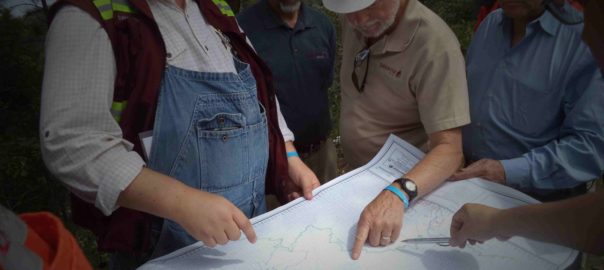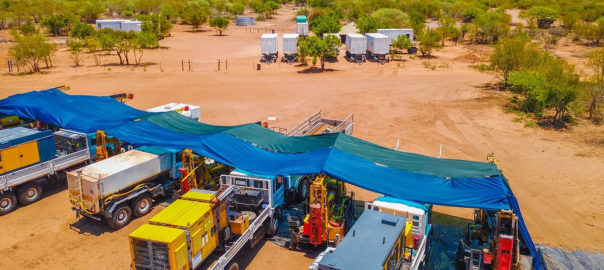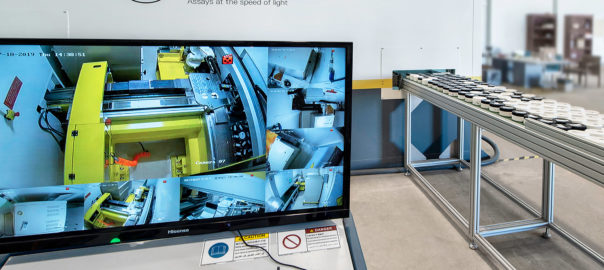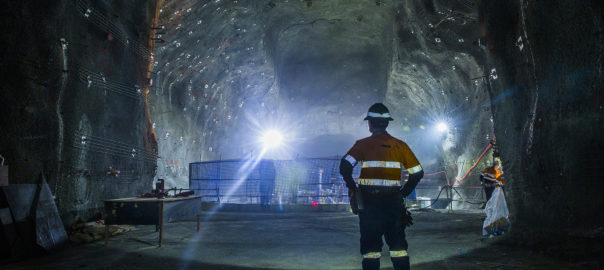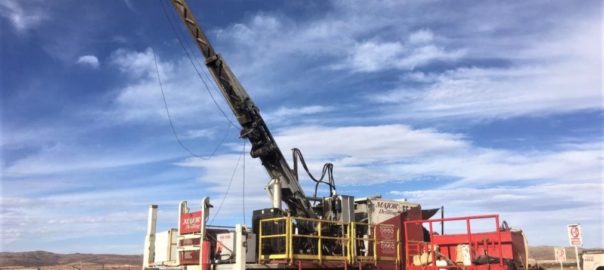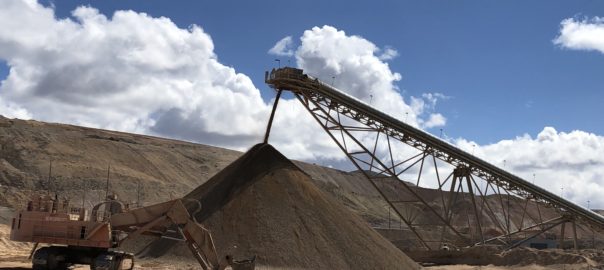Endeavour Silver has selected ARES PRISM project controls software for use on its Terronera silver project in Mexico to, ARES PRISM says, reduce manual labour, standardise processes and workflows, and improve project data integration.
Terronera was acquired in 2010, and, according to a recent pre-feasibility study, has the potential to produce around 3 Moz/y of silver and 33,000 oz/y of gold over an initial 10-year mine life.
ARES PRISM project controls software has a proven track record and is used throughout the mining industry at more than 80% of the world’s top mining organisations, the company claims.
Andres Zavaleta, Project Management Consultant with Endeavour Silver, said: “Our objective was to establish a centralised system that could be used from the beginning of the project to standardise processes and improve the flow of project data allowing for increased efficiency and better project delivery. ARES PRISM can fully integrate with our current ERP system to enable Endeavour Silver to create standardised workflows and processes.”
Endeavour Silver is implementing the full PRISM G2 software suite, which includes the cost management, engineering, contracts, procurement and field management modules. Alongside this, it will implement PRISM Docs and PRISM Dashboard.
“PRISM Docs will enable their teams to find, share and control business documents, while PRISM Dashboard will provide them a series of pre-designed dashboard views and reports for visually showing progress and performance information,” the company said.
Endeavour Silver has also elected to implement PRISM Go, a web-based extension that allows remote access into a project’s core data set and limited portal access for third-party contractors for project progression in a secure environment.
Geoffrey Stubson, CFO of ARES Project Management, said: “We find that many project organisations are limited by data silos. But in choosing to implement nearly the entire ARES PRISM project software suite, Endeavour Silver has taken a strong initiative to eliminate silos and get the most of their project data while saving time and costs developing the Terronera mine.”







